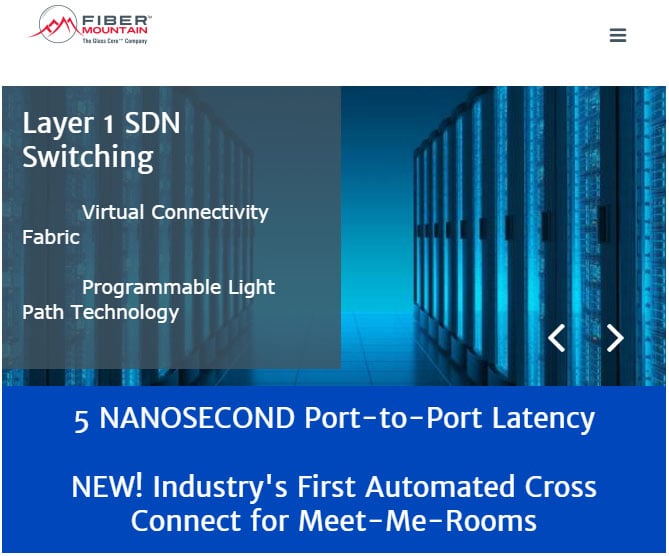Mobile CORD Plugs In At MWC
CORD Project has announced an end-to-end open reference solution for mobile CORD.
CORD stands for Central Office Re-architected as a Data Center. This concept combines the cloud, commodity infrastructure, NFV, open building blocks, and SDN to bring the agility of the cloud and the economies of scale found in the data center to service provider networks. That spans from the equipment at the home or office customer premises, to the access part of the network, to the telco’s central office.
M-CORD, meanwhile, aims to lay the foundation for 5G cellular networking and services through support for disaggregated and virtualized evolved packet core, end-to-end slicing from RAN to EPC, mobile edge computing, and programmable radio access network. Slicing will come in handy for Internet of Things applications in which the IoT device needs just a small slice of the network, Patricia Chang, senior manager of technology and architecture at Verizon, told me in a recent interview. It also makes sense for broadcast events that require network resources only for a limited period of time, she added.
Chang told me there would be a lot of M-CORD capabilities demonstrated at Mobile World Congress, which is taking place this week in

Barcelona. But she wouldn’t speculate on when M-CORD solutions might be ready for implementation.
“The open source driven model is a fundamental element for the 5G roadmap as it enables extraordinary agility for identifying and responding to subscribers’ needs far more quickly than traditional mobility standards,” said Joseph Sulistyo, senior director of open networking solutions and strategy at Radisys Corp. “The integration of open source EPC enhances the M-CORD platform to provide boundless core service flexibility and brings us a step closer to unlocking the promise of 5G.”
Radisys is at Mobile World Congress this week showing live demonstrations of 5G services and use cases employing M-CORD.
Edited by Alicia Young


